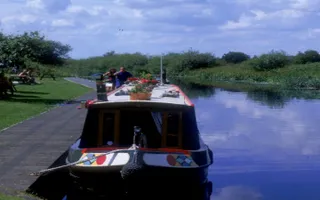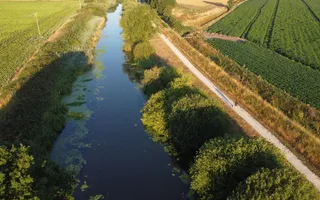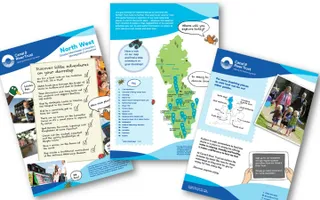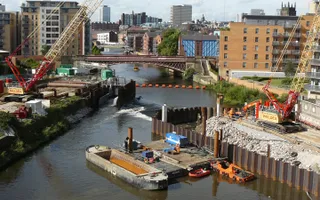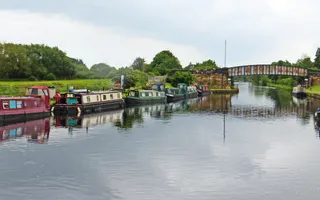The outstanding feature of Selby is its mid-11th century Benedictine Abbey, though a nearby church dates from around 1100. The town is rich in architecture and a fine array of shops surrounds the market place.
The history
The original Aire & Calder Navigation was accessed via the River Ouse and the tidal River Aire to Chapel Haddlesey where the first lock on the navigation was built. As trade increased there was an evident need to improve navigation: because the River Aire was narrow and shallow, a plan was developed to construct a five and half mile long canal from Selby to West Haddlesey, therefore removing the need to navigate the tidal River Aire.
Construction of the canal began in 1775 under the renowned engineer William Jessop, employed on a salary of £250 per year. The canal opened on 24 April 1778, having cost £20,000 to construct.
The canal played a vital role in the development of Selby's economy, with cloth and agricultural produce among the first goods to be transported. But the success of the waterway was to provide its undoing. The volume of traffic at Selby caused delays, and the port was too high up the tidal Ouse. In 1826, a new, larger canal was constructed from Knottingley to a new port at Goole. This section of the Aire & Calder Navigation soon stole most of the Selby Canal's traffic.
There was originally good passenger traffic from Selby - in particular the steam packet service to Hull, which ran six days a week and by the 1830s carried 20,000 passengers each year. A railway between Leeds and Hull opened in 1840, though the packet boats continued to operate, the service only ceasing in the 1870s.
Boating on the Selby Canal?
Before you travel, take a look at our tide and opening times information page, which is updated regularly.


